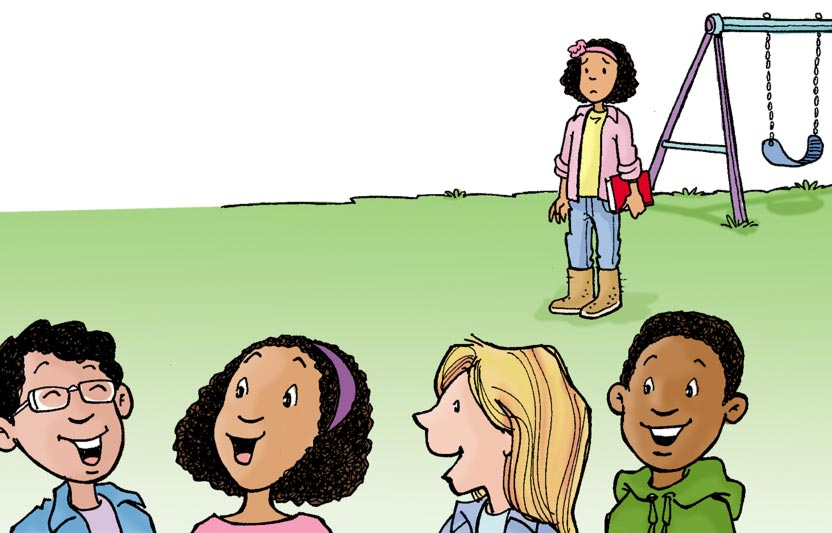
After recently watching the Netflix original documentary “The Social Dilemma”, I wanted to learn more about the topic of digital citizenship for educators. If you haven’t seen this documentary, you should definitely find some time and check it out. This link to the official youtube trailer gives you an overview of the movie. I recently picked up on the hype about watching it after hearing about it in multiple settings from many people. Not often do you hear your parents’ friends talking about the same things that you see in your twitter feed and they were all saying “it was a must watch”. There are so many eye opening discussions in the movie that really make you think differently about the impact technology has on us and the effect of each platform that suspenses you to keep you holding on to your cell phone or listening for the next “ding” from a notification to pop up. One area of discussion that really stuck with me was the connection between social media and the younger population of users. In my NCSU Developmental Psychology class, we just finished learning about brain development during the pre-adolescent and adolescent years. These years can be very difficult for children, especially when they struggle with acceptance. There is a great deal of studies that have been done to prove how different factors can either support or add stressors to children during this ever changing time in their lives. One of the biggest influences on their emotional development is being accepted by peers. I found this image about cliques that I thought was powerful.

Kids can be so mean to each other and when you add technology to the cruelness, you often get a deeper negative influence. Look at the difference in the image above of someone feeling unaccepted and the one that happens “behind the screen”. We have to be aware of both types of “cliques gone wrong”. A child should never feel as if they are left out.

As an aspiring educator, I have been really worried by the “push and pull” effects of the use of technology in the classroom. The balance is so hard and being a true digital citizen is a challenge for everyone. Digital citizenship need to be taken seriously. We have to protect our children as much as we can. Especially during such stressful times when they are trying to navigate some independence and the ability to make good choices. We have to have hard conversations and model what we expect. Historically, cliques have been developed in school and when these cliques were cruel or made ugly statements to other children, teachers could intervene and support all involved with understanding and accepting or appreciating differences. Now with social media, the lack of “likes” given by the well intended development of the “like button” or a negative comment in reply to a posted photo, educators have to be more digitally equipped to teach digital citizenship. Cliques are now developed by clicks in social media which can make the internet a “silent killer”. What was once visible to educators on the playground, in the cafeteria or at a school dance is no longer isolated in face to face settings. In the past, adult intervention, during face to face, clique issues could be squashed with a hard conversation. Today it is happening under the radar. We have to change our mindset. Our students will suffer now and in the future if we do not have what it takes to create a positive balance in the use of technology in the classroom. To support this movement in schools, there are a variety of resources that teachers can use to improve digital citizenship. Here are a few suggestions from Edutopia ( https://www.edutopia.org/topic/digital-citizenship ) that may get your wheels turning. As a future educator, I have made a promise to myself to build my capacity in this area so that I don’t turn a blind eye to “clicked cliques”.
